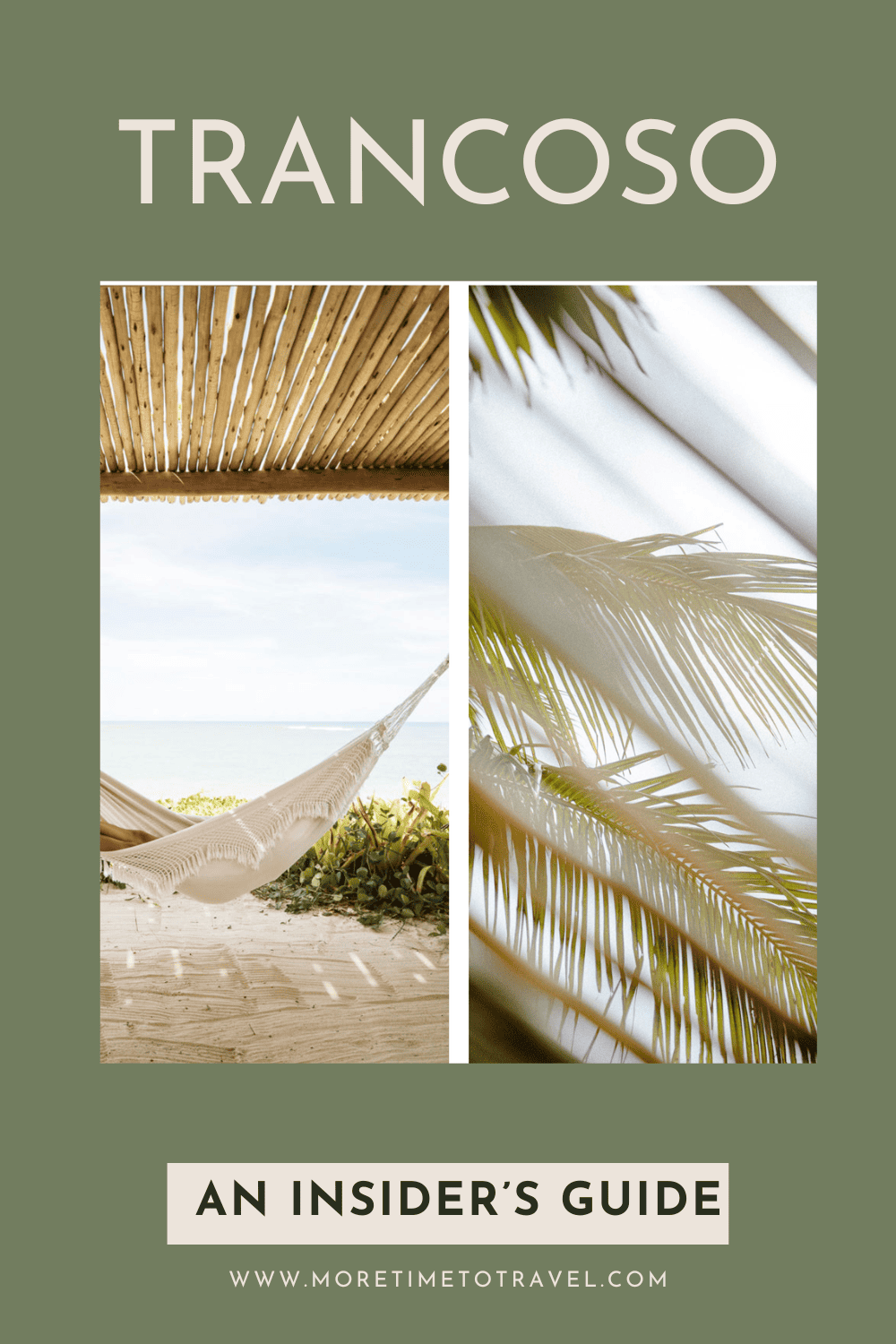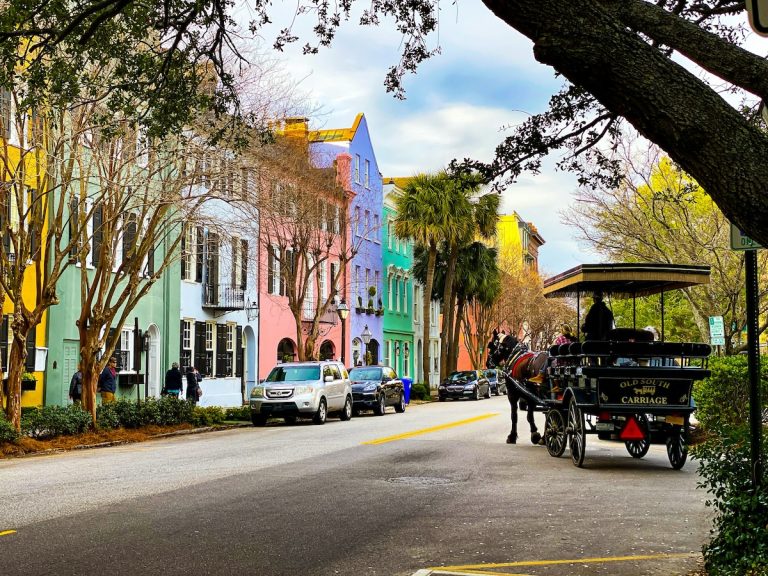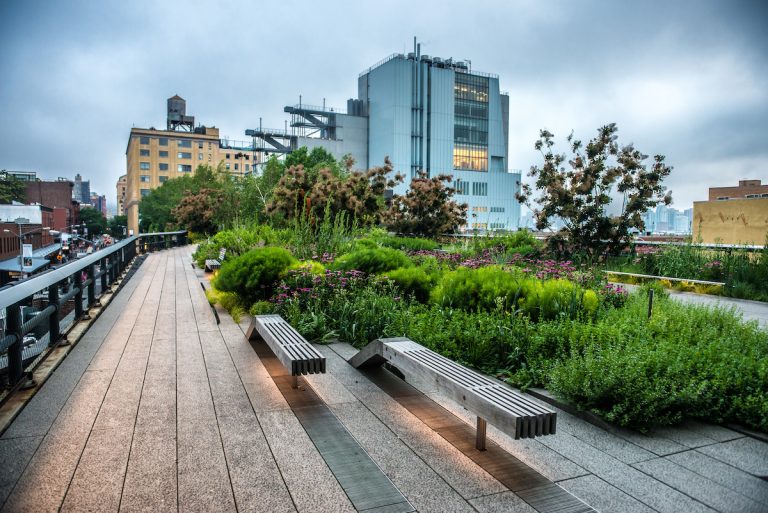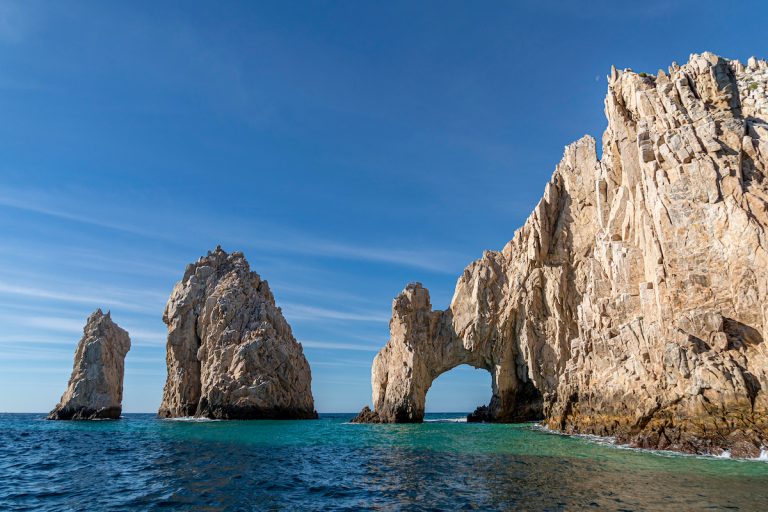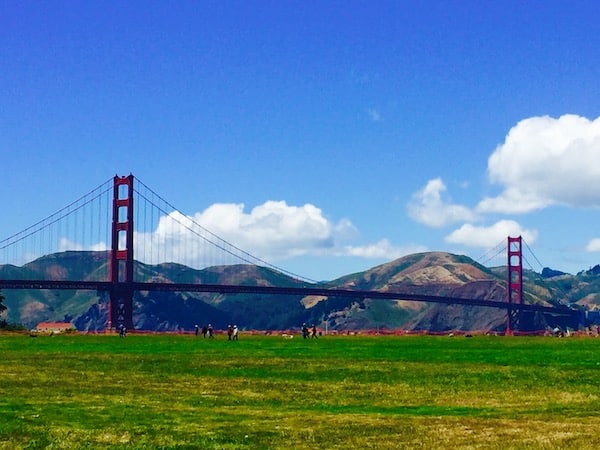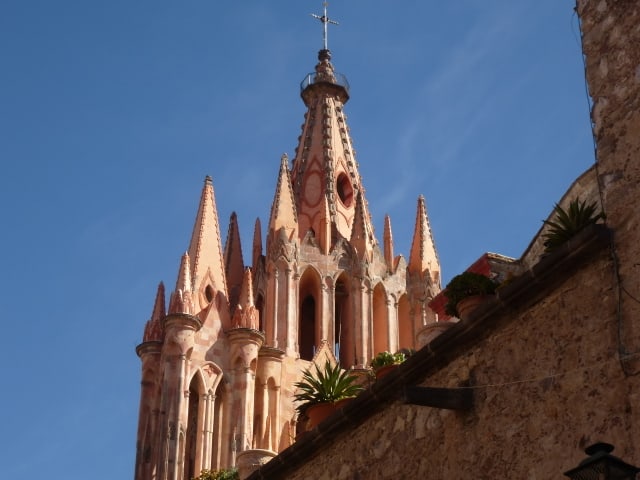Trancoso, Brazil: An Insider’s Guide
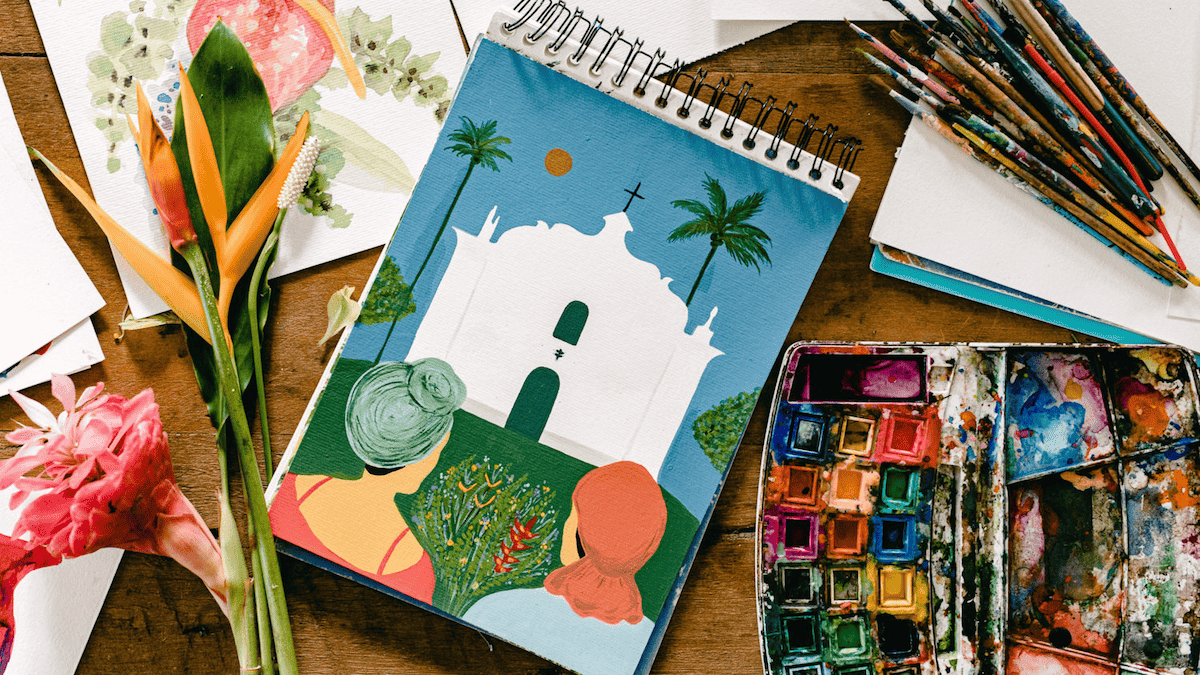
When Marta Tucci first arrived in Trancoso, Brazil (located in the state of Bahia) in 2020, the photographer and travel journalist was on assignment for a travel magazine.
“It was the height of the COVID pandemic, and with no tourists in sight, I was able to get a glimpse of what Trancoso might have felt like when the hippies arrived,” she says. “Calm and peaceful, a village of 20,000 people at most, it reminded me of my childhood—growing up in Sitges, a small fishing village off of the coast of the Spanish Mediterranean.”
“The connection was immediate, instinctual and emotional,” she says. “I sought to set roots in a place that feels like a refuge from all the chaos of travelling and work, and allows me to be more in contact with nature. A place I one day hope to raise a family in the same ‘barefoot living’ way I was raised in Spain.”
Marta graciously shared her “Insider’s Guide to Trancoso.”
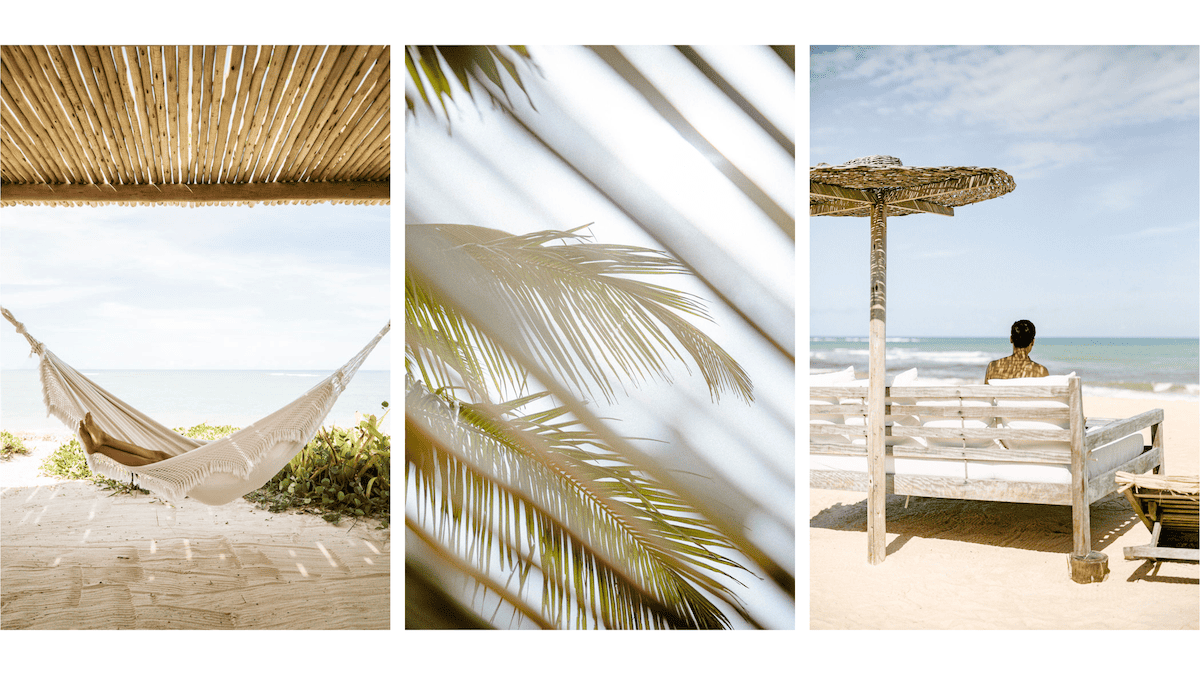
Somewhere along the vast coast of Bahia, there’s a tiny hamlet perched on a verdant hilltop overlooking the sea. Crowning the grassy Quadrado—village square—is a white-washed church built by Portuguese settlers in the 16th Century, framed by a prismatic row of thatched-roof cottages known not by a street number, but by their bright-hued facades.
The bougainvillea-pink one belongs to Binho—a native fisherman—while the berry-blue next door is a painter’s studio, and the sage one just opposite is Anderson Cooper’s own tropical retreat. Despite the blazing sun, windows are often left wide open, welcoming the gaze of curious eyes just like mine.
It’s hard to fathom this dream-like enclave was once on the verge of abandon. In the 1970s, a wave of whimsical hippies washed ashore on its languorous stretch of sand, eager to escape the woes of political oppression and rekindle its mystical character.
Natives welcomed the newcomers, affectionately baptizing them ‘Biribandos’—the wandering outlanders. Bound together by a shared devotion for the barefoot lifestyle, Nativos and Biribandos carved out their own utopian haven, one candy-colored brushstroke at a time.
An Insider’s Guide to Trancoso
Capim Santo: Savoring the flavors of the original Biribandos
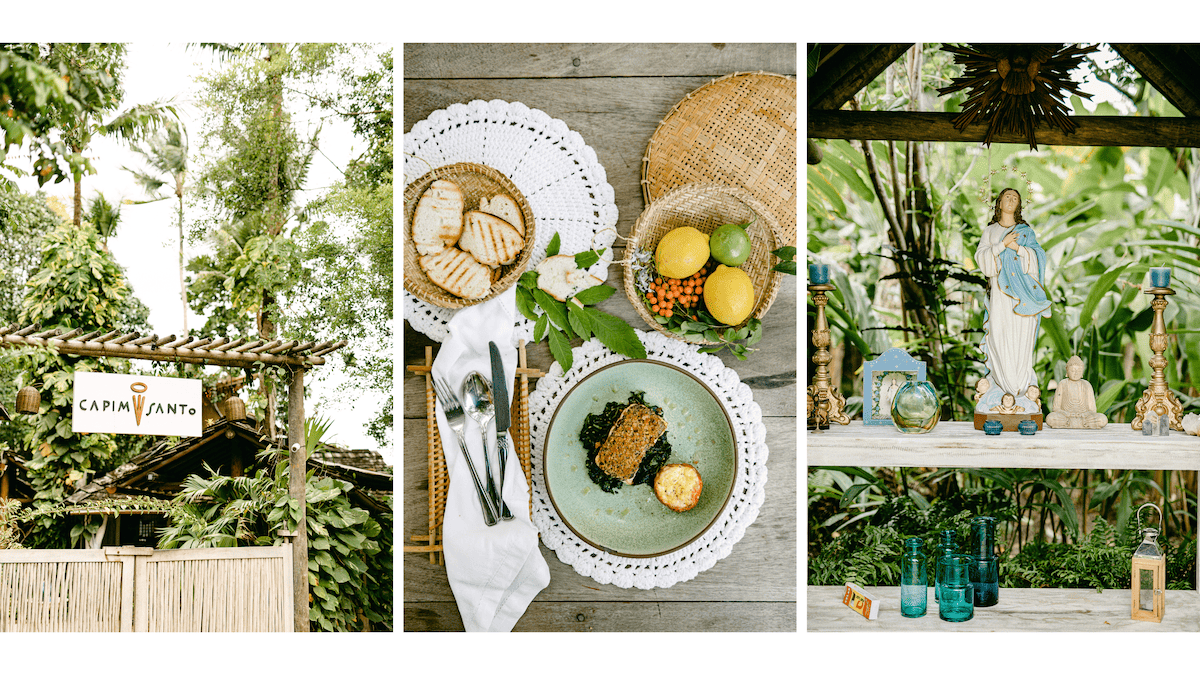
When Sandra Marques and Fernando Leite stumbled upon Trancoso in the 70s, they were spellbound by the natural exuberance of this forgotten Bahian village. Isolated and unspoiled, they found a place where they’d trade in their wayfaring ways for a more grounded, sustainable lifestyle.
The young couple set out to create a space for thriving encounters fueled by delicious organic fare. Capim Santo’s family-style cooking is inspired by traditional Bahian cuisine—a combination of African, Native American, and Portuguese influences—peppered with foreign flavors collected from a life on the road.
Swooning over the irresistibly natural-chic decor as I dug into the olive-crusted grouper, I began to understand why, thirty-five years later, Capim Santo remains one of the most popular spots in town, a testament to the passion and dedication of its beloved owners—the original biribandos.
Ceramica Cala: Discovering the mystery of Calá
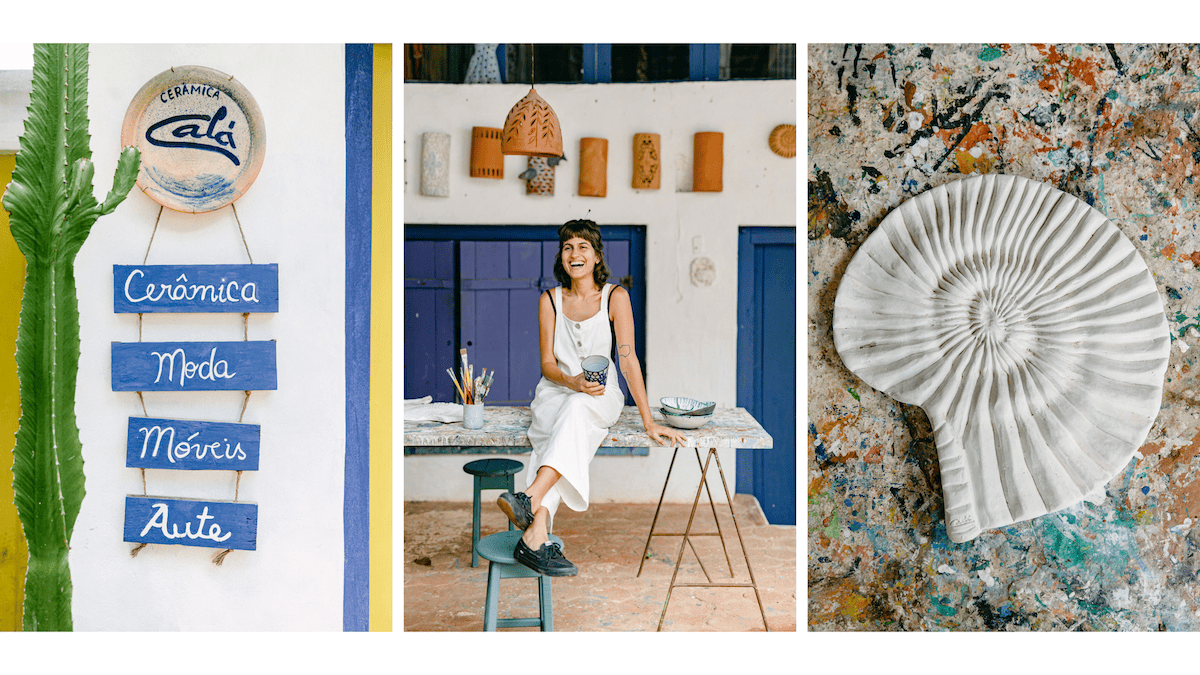
After a few days in Trancoso, I began to notice the unique ceramics of Calá all around. Whether it was a beautifully crafted vase in the breezy balcony at Uxua, the aventurine-glazed washbasin at Jacare do Brasil, or a sculpture of Iemanja in a quiet corner of Silvana’s restaurant on the Quadrado, they all shared a singular aesthetic, an emblem of local craftsmanship.
They are the work of João Calazans, one of the original biribandos. His former studio—the canary yellow casita on the Quadrado—is now a boutique, showcasing an extensive collection of his pieces. I casually walked in one quiet afternoon, following the echoes of Gilberto Gil’s vintage melodies lulling in the background, and found Ayla—one of Calá’s disciples—painting away in the sun-drenched patio.
Uxua Vida Lab: The Alchemy of Wellness
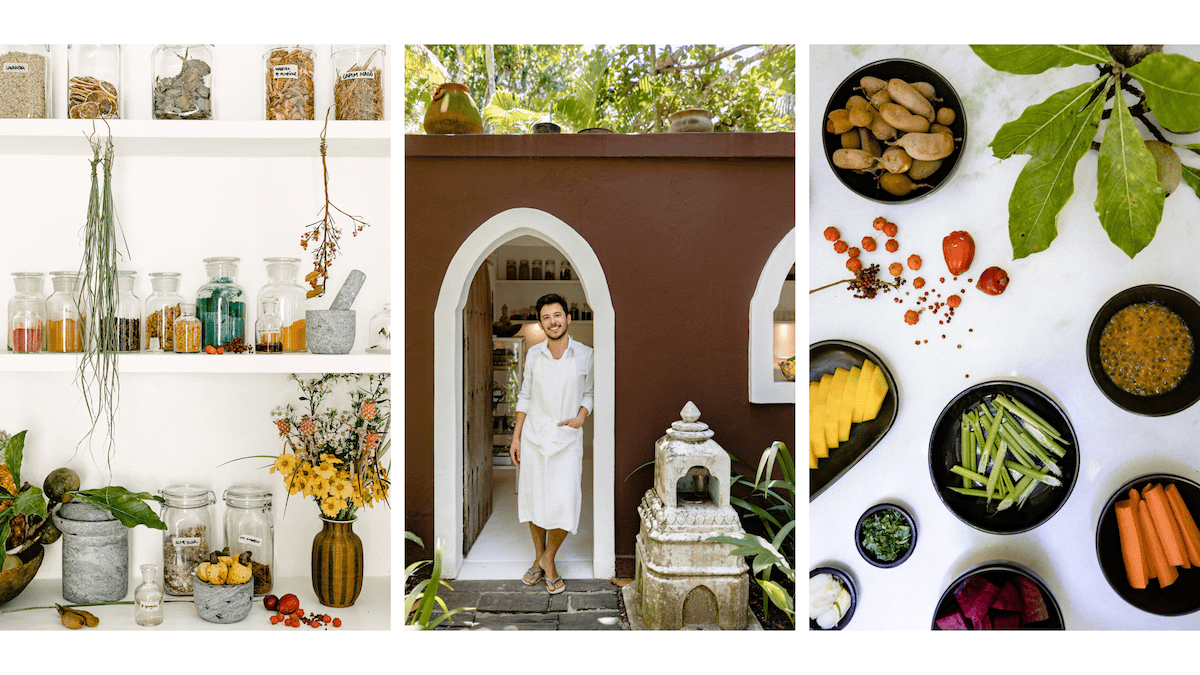
Hidden in the leafy garden of Uxua is a coy, traditional adobe cottage emanating with the scent of burning Almescar—a sacred resin used by the indigenous Pataxó. Inside, under a kintsugi-style dome radiating a kaleidoscope of light, I found Lili Torres—custodian of Uxua Vida Lab—and her apprentices, elbow-deep in the process of extracting precious milk from Brazil nuts.
The Lab is a revolutionary initiative that seeks to unlock the power of native wellness rituals and nutritional science. After a personal evaluation, we went foraging in search of powerful medicinal plants that we later used to formulate a series of natural elixirs to remedy my jet lag.
Floresta: Feasting in the Forest of Delights
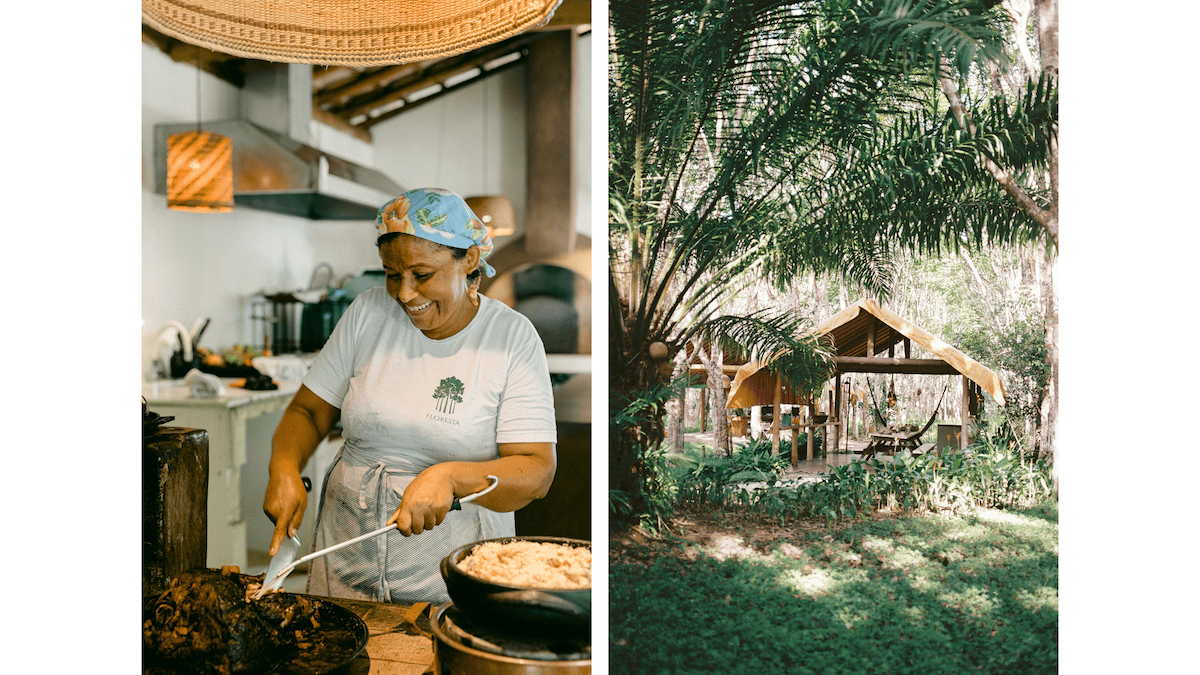
To gather in words what Floresta is is as challenging as getting there—though it’s all part of the bucolic experience. Somewhere between a sumptuous picnic and a decadent Sunday family lunch, Floresta welcomes a small number of guests several times a week to an uncharted location in the heart of a rubber tree forest.
Following a hand-drawn map, I drove ten minutes outside of town before taking a turn onto a dusty ochre path that vanished into the dense rainforest. “When the balmy jungle gives way to 140-feet seringueiras, look out for scattered canvas tents,” the local’s vague directions rang in my ears as I continued on, lured in at last, by wisps of silver smoke billowing from Floresta’s main cottage.
It’s the latest project of acclaimed decorator-cum-restauranteur Fernando Droghetti, who also owns the exquisite Jacaré do Brasil restaurant near the Quadrado. While his namesake spot in town oozes tropical chicness and sophistication, his nature-themed endeavor is an ode to Jandira—muse and chef—and the joys of traditional cooking.
Faithful to the farm-to-table philosophy, there’s no menu, just a tantalizing spread that varies day-to-day. Feijoada and bobó de camarão are amongst the most popular, prepared in an open kitchen over a rustic wood fire oven.
Fernanda Santiago: A Painterly Vision

When Fernanda Santiago first set foot in Trancoso several years ago, she had an inexplicable connection with her surroundings. “It was as if I’d left the world I knew and stepped into one of my early childhood paintings,’ she explained when I visited her studio, Atelier F/S.
Soon after, she left her native Belo Horizonte and migrated to the place that had flourished in her imagination. As a self-taught artist, Santiago’s intuitive brushstrokes and bold use of color convey a nostalgic and naïve portrayal of Bahian Tropicalia.
Casa do Lago: The Art of Bahia Living
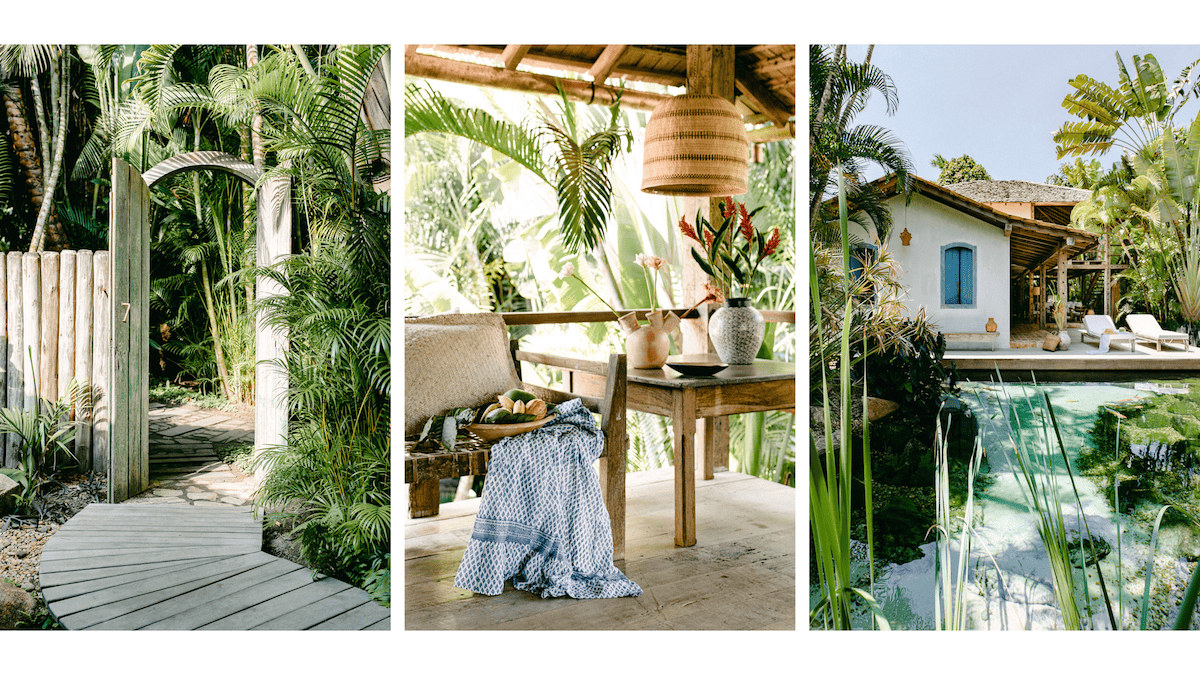
“We found a natural lake and decided to bring it back to life,” says Wilbert Das, who opened the doors of UXUA Casa Hotel & Spa in 2015.
In line with the core value of sustainability that defines this luxurious retreat, Casa do Lago is an old fisherman’s home, exquisitely refurbished combining traditional methods and a contemporary approach to space and light, a nod to Das’ former career in fashion.
Built using reclaimed woods from an abandoned Fazenda, brought to life by a curated blend of restored antiques and contemporary ornaments—the hand-stitched indigo daybed was my favorite—the chic rusticity of Casa do Lago is a celebration of outdoor living and Bahian joie de vivre. A stone’s throw away from the Quadrado, this Eden-like oasis might charm one enough to never want to leave.
Cristina Pessoa: Amulets for the Eternal Spirit
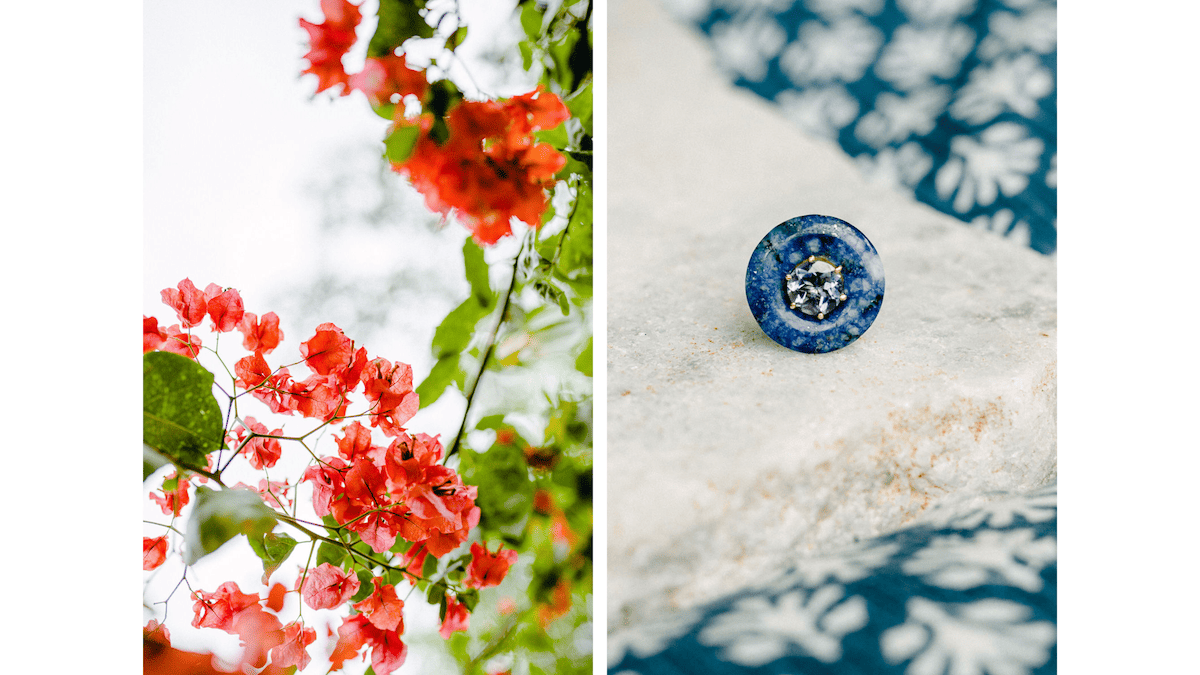
Pure lines bring to mind the minimalist modernism of Niemeyer; precious native gems—Lapis Lazuli, Obsidian, Emeralds—revel in the opulence of Brazilian exoticism. Since the opening of her first boutique in 2010, Cristina Pessoa’s playful designs and immaculate craftsmanship have conquered the hearts of a dandy, jet-setting crowd who can rock a pair of Havaianas with the same flair they strut their Blahniks in Milan.
Bianca Brandolini and Bebel Gilberto are amongst her loyal clients, who can be spotted wearing her pieces fluttering around the lively Quadrado at night or hitting the beach for a cooling mid-day swim. As for me, I chose the ultramarine Iolite ring, a precious reminder of the fanciful, eternal spirit of the Trancoso Biribando.
Other Immersive Experiences in Trancoso
Football on the Quadrado
It’s a tradition as old as time, a rite of passage almost, that takes place every day around 4pm, when the blistering Bahian sun slowly gives way to cooler temperatures. As people slowly make their way back to town from the beach, the grassy village square becomes the local’s football pitch, illuminated by a myriad of tree-hanging lanterns from surrounding restaurants and boutiques as they begin to open for the evening.
The Beach on Horseback
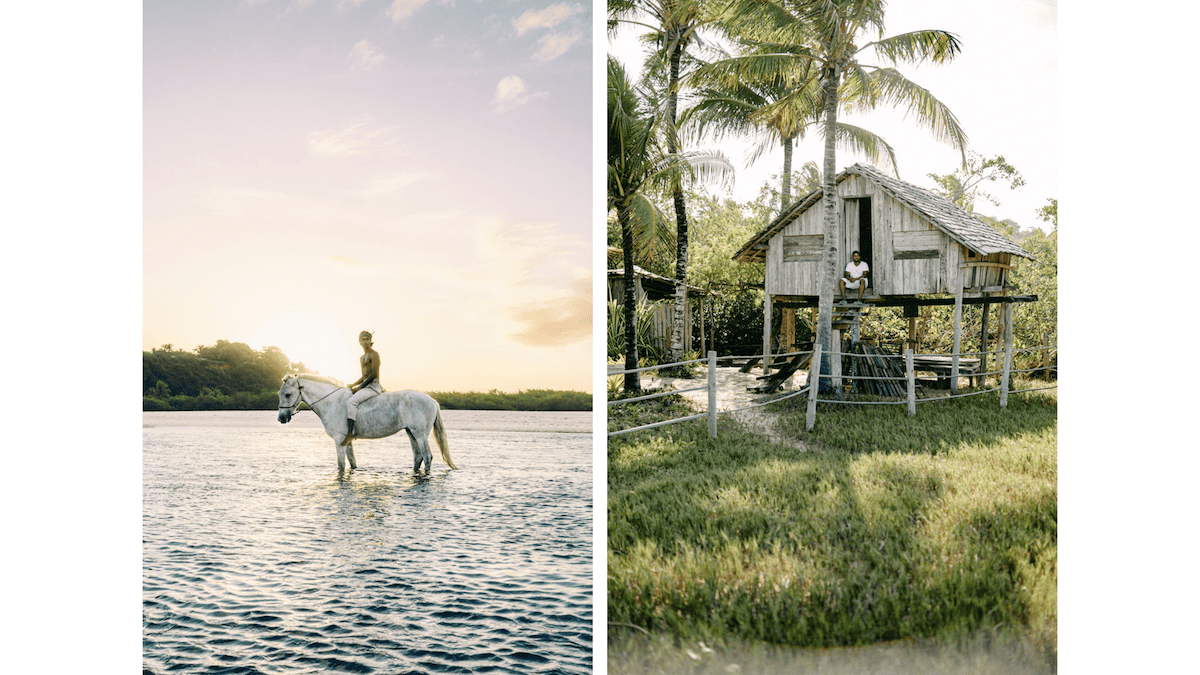
This might have come about as a practical way to get around, but it’s also one of the most authentic and thrilling ways to explore some of the more remote beaches. Rio da Barra is perhaps my favourite, where the freshwater river meets the sea, creating a beautiful landscape propped against a backdrop of pink-coloured cliffs.
Saturday Market (Sábado de Feira)
At this market farmers, fishermen, natives and biribandos all come together in pursuit of an exchange that goes beyond making your weekly grocery shopping. A new wave of young artists has taken over a corner of the market, creating a space for laid-back socializing and cultural exchange. Here, you’ll find anything from fresh catch-of-the-day and mouthwatering exotic fruits, to live music and delicious local street food.
Festival of Yemanja (February)
Perhaps the most significant cultural event of the year, the festival of Yemanja takes place every 2nd of February and sees hundreds of Afro-Brazilian faith devotees dressed in layered white linens and beaded necklaces make their way to the beach chanting and carrying flowers in an offering to Yemanja—the goddess of the sea.
On Becoming Biribando
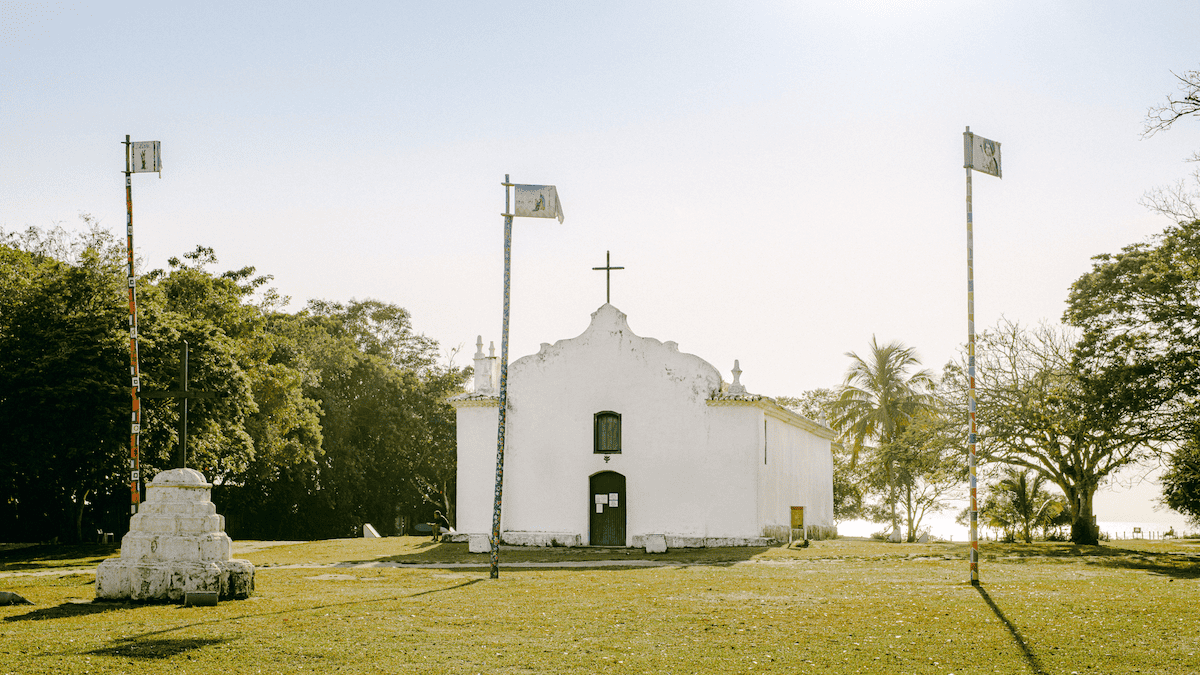
Historically, the term Biribando was a slang used by natives to describe outsiders—the kind to not be trusted. It should come as no surprise that in Brazil’s ‘Discovery Coast’ natives had, since time immemorial, fought against a continuous string of invaders, beginning with the Portuguese and the Jesuits in the 16th Century.
It wasn’t until the 1970s, with the arrival of the hippies—the peaceful outsiders—as they came to be known and accepted, that the meaning of the term ‘Biribando’ gathered a positive and affectionate connotation. Those who arrived in the 70s had no intention to ‘conquer’ or subjugate, but rather, become a part of Trancoso and help protect, take care and help it flourish.
Today, to be a Biribando in Trancoso, means to have surrendered to the charm of this very special place, making it your home, becoming a part of the local community, and planting seeds for tomorrow.
About Marta Tucci
Marta Tucci is a Spanish-born photographer specializing in editorial, travel and lifestyle. Tucci’s work can be found in international publications such as Condé Nast, Travel+Leisure, and Vogue, among others.
All photo credits: Marta Tucci
Save to Pinterest!!
